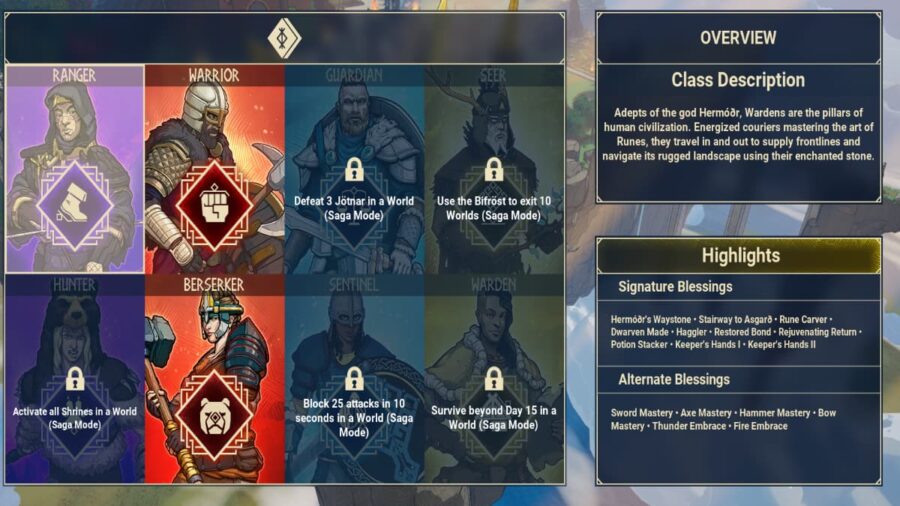

These texts make up the bulk of modern understanding of Norse mythology. Forms of his name appear frequently throughout the Germanic record, though narratives regarding Odin are mainly found in Old Norse works recorded in Iceland, primarily around the 13th century. In Old English texts, Odin holds a particular place as a euhemerized ancestral figure among royalty, and he is frequently referred to as a founding figure among various other Germanic peoples, such as the Langobards, while some Old Norse sources depict him as an enthroned ruler of the gods. References to him appear in place names throughout regions historically inhabited by the ancient Germanic peoples, and the day of the week Wednesday bears his name in many Germanic languages, including in English. In the modern period, the rural folklore of Germanic Europe continued to acknowledge Odin. 2 BCE) through movement of peoples during the Migration Period (4th to 6th centuries CE) and the Viking Age (8th to 11th centuries CE). Odin appears as a prominent god throughout the recorded history of Northern Europe, from the Roman occupation of regions of Germania (from c.

In wider Germanic mythology and paganism, the god was also known in Old English as Wōden, in Old Saxon as Uuôden, in Old Dutch as Wuodan, in Old Frisian as Wêda, and in Old High German as Wuotan, all ultimately stemming from the Proto-Germanic theonym * Wōðanaz, meaning 'lord of frenzy', or 'leader of the possessed'. Norse mythology, the source of most surviving information about him, associates him with wisdom, healing, death, royalty, the gallows, knowledge, war, battle, victory, sorcery, poetry, frenzy, and the runic alphabet, and depicts him as the husband of the goddess Frigg. Odin ( / ˈ oʊ d ɪ n/ from Old Norse: Óðinn) is a widely revered god in Germanic paganism. Odin depicted on a monument from about the 9th century in Gotland


 0 kommentar(er)
0 kommentar(er)
